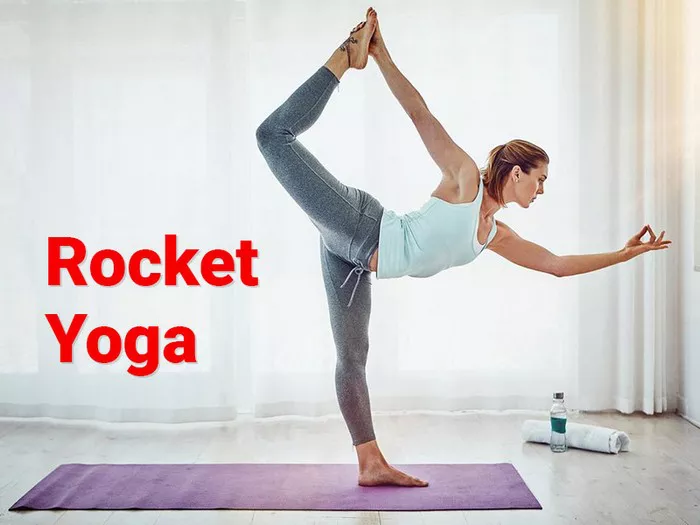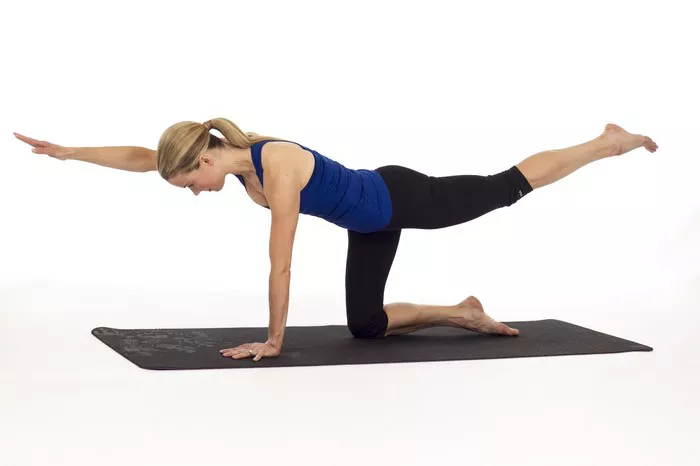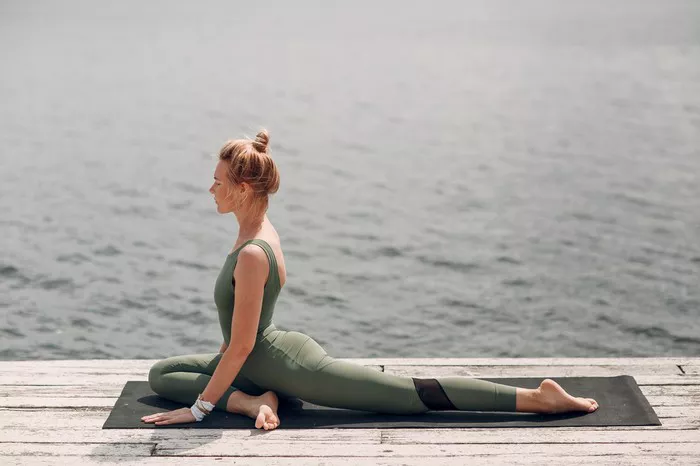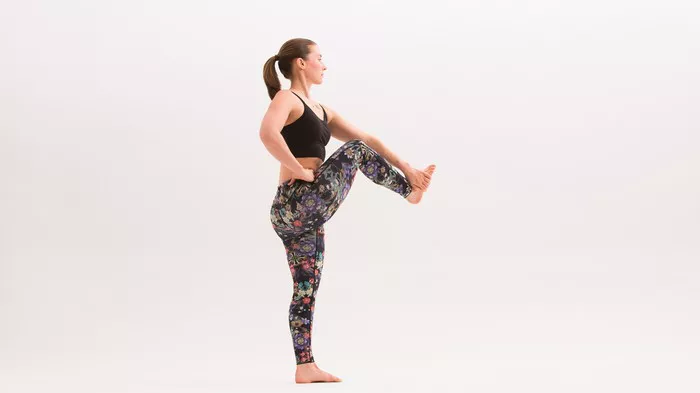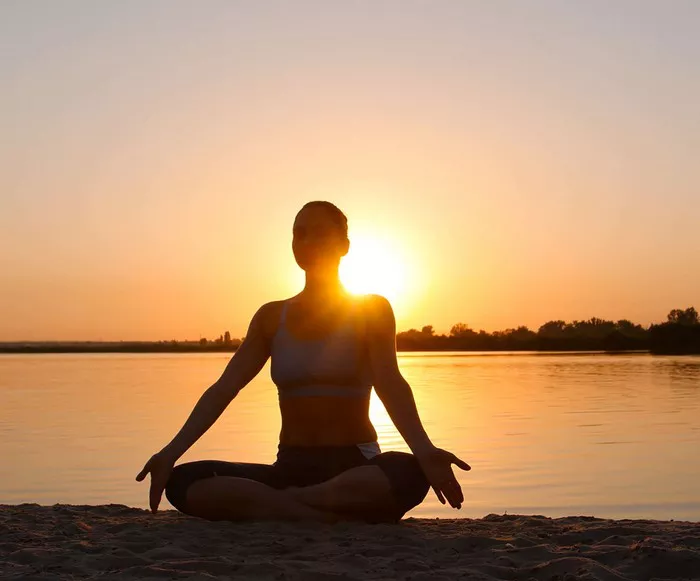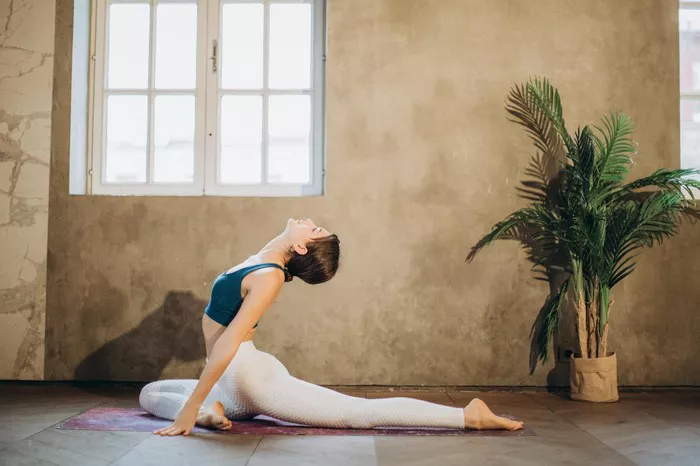In the vast landscape of yoga, where various styles and practices cater to diverse needs and preferences, Rocket Yoga stands out as a dynamic and invigorating approach. Developed by the legendary yoga teacher Larry Schultz in the 1980s, Rocket Yoga blends elements from traditional Ashtanga Vinyasa Yoga with a creative and playful twist. This article delves into the essence of Rocket Yoga, exploring its origins, principles, sequences, benefits, and how practitioners can incorporate it into their lives to enhance physical strength, flexibility, mental focus, and overall well-being.
Origins of Rocket Yoga
Larry Schultz, a devoted student of Ashtanga Yoga founder Sri K. Pattabhi Jois, is credited with formulating Rocket Yoga. Schultz drew inspiration from his experiences practicing with Jois and his desire to make yoga more accessible and enjoyable for everyone, regardless of their level of experience or physical fitness. He believed in the transformative power of yoga to heal the body and mind and sought to share its benefits with a wider audience.
The name “Rocket Yoga” originated from the idea that this style could “get you there faster.” Schultz likened the practice to a rocket ship, propelling practitioners toward their goals with speed and efficiency. The sequences are designed to build strength, increase flexibility, and cultivate a deep sense of inner awareness and connection.
Principles of Rocket Yoga
At the heart of Rocket Yoga are several key principles that guide the practice:
1. Breath Awareness: Like other forms of yoga, Rocket Yoga emphasizes the synchronization of movement with breath. Practitioners are encouraged to maintain a steady and rhythmic breath throughout the practice, using it as a tool to deepen stretches, release tension, and calm the mind.
2. Modification and Variation: One of the defining features of Rocket Yoga is its emphasis on modifications and variations of poses. Schultz believed in making yoga accessible to all, regardless of age, body type, or physical ability. As such, Rocket Yoga sequences often include options for both beginners and advanced practitioners, allowing individuals to tailor the practice to suit their needs and abilities.
3. Fluidity and Creativity: Unlike more rigid styles of yoga, Rocket Yoga encourages creativity and fluidity in movement. Sequences flow seamlessly from one pose to the next, creating a sense of continuity and momentum. Practitioners are encouraged to explore different transitions and variations, cultivating a sense of playfulness and spontaneity on the mat.
4. Intelligent Sequencing: Schultz carefully designed the Rocket Yoga sequences to target all areas of the body, ensuring a balanced and comprehensive practice. Each sequence builds upon the previous one, gradually increasing in intensity and complexity. This intelligent sequencing helps to prevent injury, promote strength and flexibility, and facilitate deep relaxation and meditation.
Rocket Yoga Sequences
Rocket Yoga is characterized by its dynamic and fast-paced sequences, which are designed to challenge the body and mind. While the specific sequences may vary depending on the teacher and the level of the class, there are several classic Rocket Yoga sequences that are widely practiced:
1. Rocket I: Also known as “Rocket Yoga Series I,” this sequence is based on the traditional Ashtanga Primary Series with some modifications. It includes a dynamic combination of standing poses, seated poses, and inversions, designed to build strength, flexibility, and endurance.
2. Rocket II: Building upon the foundation of Rocket I, Rocket II incorporates additional challenging poses and transitions. This sequence is faster-paced and more intense, offering a vigorous workout for the entire body. It includes arm balances, backbends, and advanced inversions, providing practitioners with an opportunity to push their limits and explore their edge.
3. Rocket III: Sometimes referred to as “Happy Hour Yoga,” Rocket III is a playful and energizing sequence that combines elements of Rocket I and II with creative variations and modifications. This sequence is designed to uplift the spirit and cultivate a sense of joy and freedom on the mat. It includes dynamic flows, core strengthening exercises, and playful transitions, leaving practitioners feeling rejuvenated and inspired.
Benefits of Rocket Yoga
The practice of Rocket Yoga offers a wide range of physical, mental, and emotional benefits:
1. Strength and Flexibility: Rocket Yoga sequences are designed to build strength and flexibility in equal measure. The dynamic movements and challenging poses help to tone and sculpt the muscles while increasing range of motion and mobility.
2. Stress Reduction: Like all forms of yoga, Rocket Yoga can help to reduce stress and anxiety by promoting relaxation and mindfulness. The focus on breath awareness and present-moment awareness helps to calm the mind and soothe the nervous system, leaving practitioners feeling grounded and centered.
3. Increased Energy and Vitality: The dynamic nature of Rocket Yoga sequences stimulates the body’s energy systems, promoting increased circulation and vitality. Practicing Rocket Yoga regularly can help to boost energy levels, improve concentration, and enhance overall productivity and performance.
4. Self-Exploration and Growth: Rocket Yoga encourages practitioners to explore their edge and push beyond their comfort zone. The playful and creative nature of the practice invites individuals to discover new possibilities within themselves, both on and off the mat. Through consistent practice, practitioners can cultivate a deeper sense of self-awareness and personal growth.
Incorporating Rocket Yoga Into Your Practice
Whether you’re new to yoga or a seasoned practitioner, incorporating Rocket Yoga into your practice can offer a fresh and exciting perspective. Here are some tips for getting started:
1. Find a Qualified Teacher: Look for a certified Rocket Yoga teacher who has undergone extensive training and has experience teaching this style. A knowledgeable teacher can guide you safely through the practice and provide personalized feedback and support.
2. Start Slowly: If you’re new to Rocket Yoga or yoga in general, start with a beginner-friendly class or workshop. Take your time to learn the basic poses and sequences, and gradually build strength and confidence as you progress.
3. Listen to Your Body: Honor your body’s limitations and listen to its signals. If a pose or sequence feels uncomfortable or painful, back off and modify as needed. Remember that yoga is a practice of self-care and self-awareness, not a competition or performance.
4. Stay Consistent: Like any form of exercise or meditation, consistency is key to reaping the benefits of Rocket Yoga. Aim to practice regularly, even if it’s just for a few minutes each day. Set realistic goals for yourself and celebrate your progress along the way.
5. Have Fun!: Above all, remember to have fun and enjoy the journey. Rocket Yoga is meant to be a joyful and uplifting experience, so don’t take yourself too seriously. Embrace the playful spirit of the practice and allow yourself to soar to new heights, both on and off the mat.
Conclusion
In conclusion, Rocket Yoga offers a unique and transformative approach to yoga that empowers practitioners to ignite their practice and soar to new heights. With its dynamic sequences, creative variations, and emphasis on breath awareness and mindful movement, Rocket Yoga has the power to strengthen the body, calm the mind, and nourish the soul. Whether you’re seeking to increase strength and flexibility, reduce stress and anxiety, or simply explore new horizons within yourself, Rocket Yoga offers something for everyone. So why wait? Take the leap, spread your wings, and let the journey begin!

